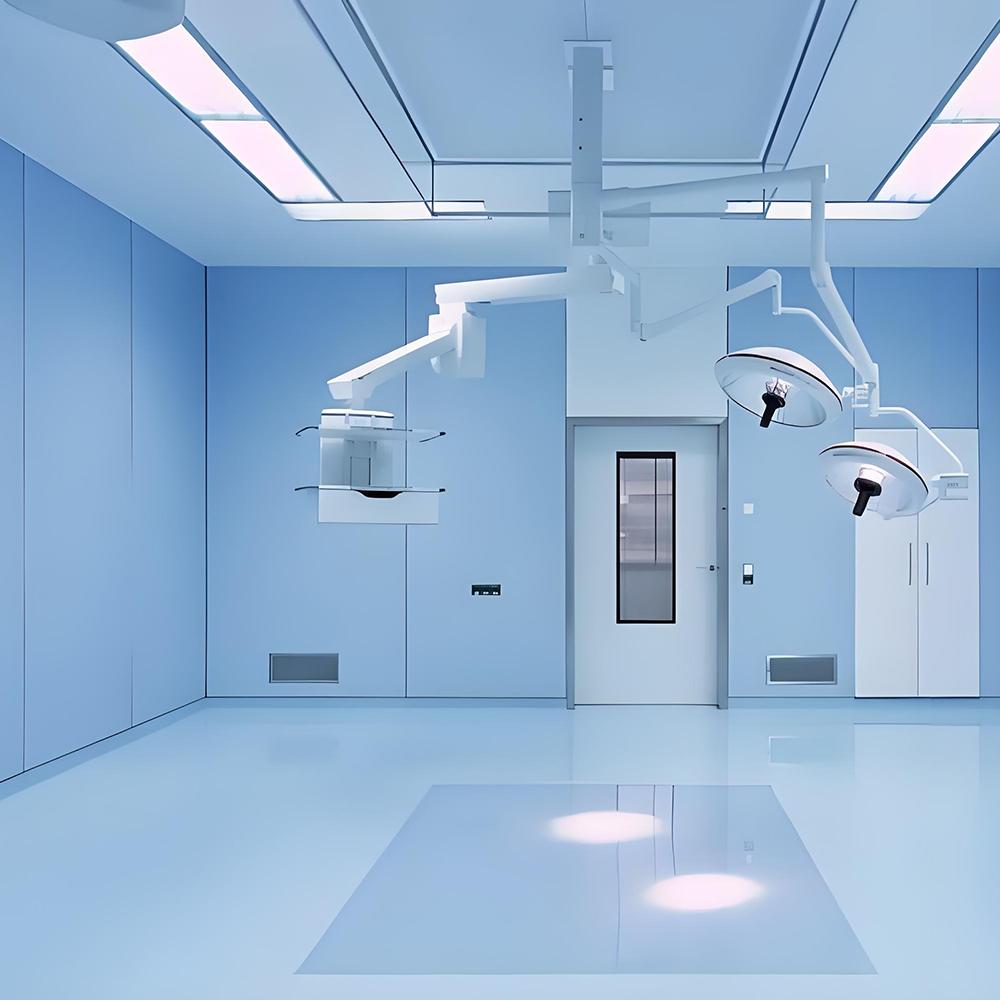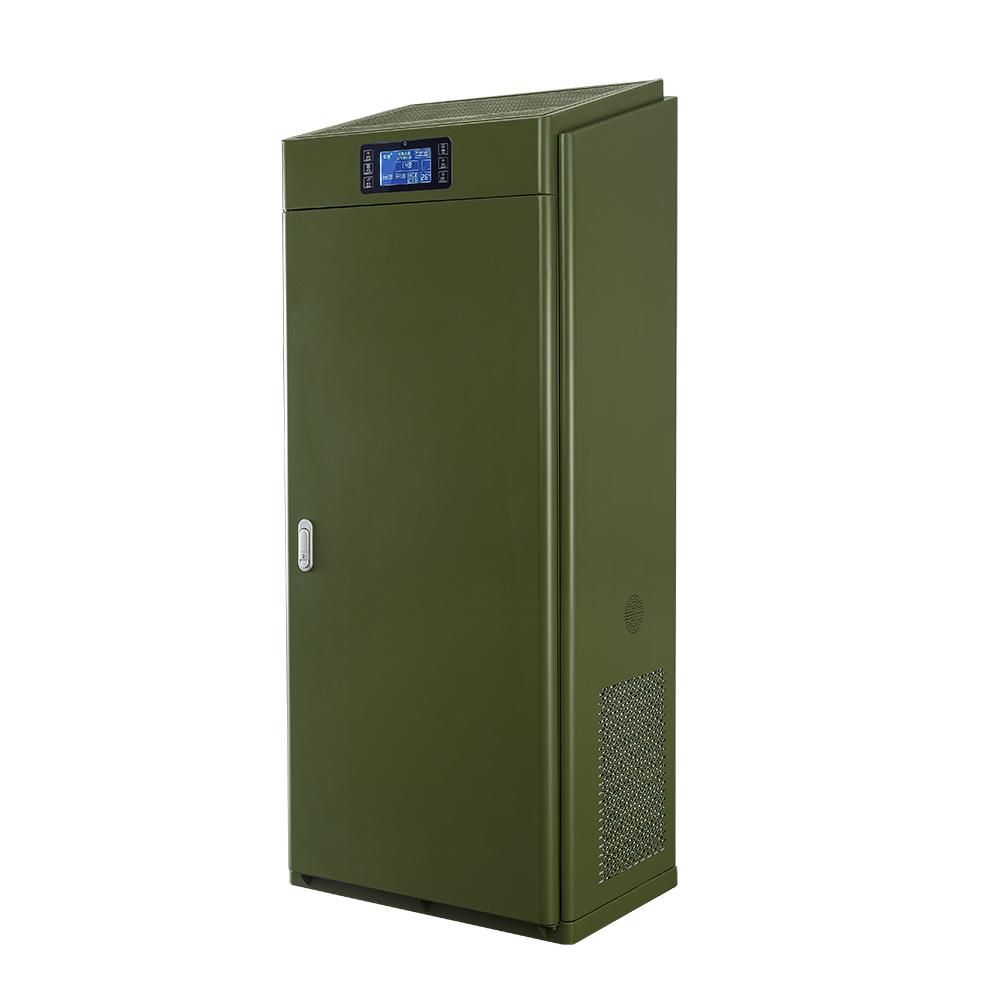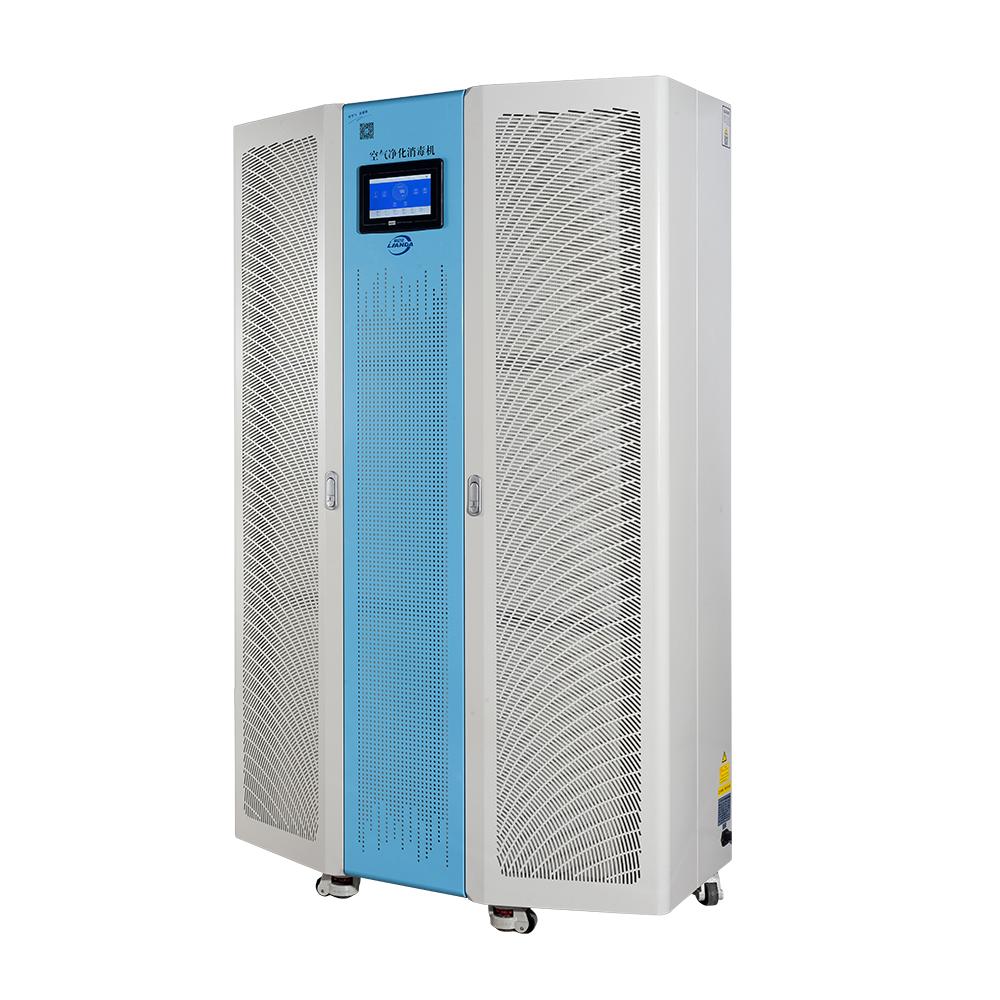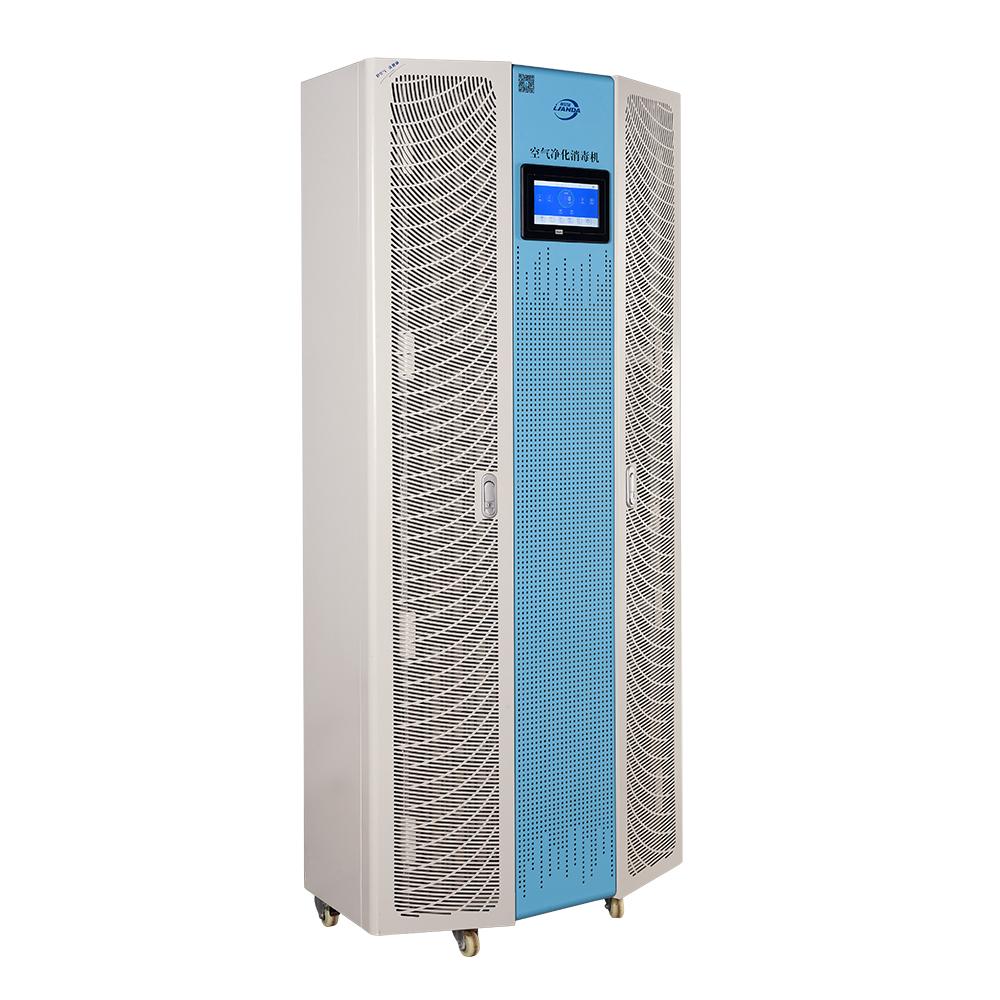When the medical air disinfector is running, can people and machines be in the same room?
With the advancement of technology, the application of air disinfectors in medical institutions has become more and more popular. Especially after the COVID-19 pandemic, air disinfectors are not only widely used in hospitals, clinics and other places, but their effectiveness has also been recognized by the medical community. However, with the popularization of the equipment, the question of whether it is suitable for coexistence with people during operation has gradually aroused widespread concern.
1. Working principle of medical air disinfector
Medical air disinfectors mainly purify the air by physical or chemical means to eliminate bacteria, viruses and other harmful substances in the air. Common technologies include ultraviolet disinfection, ozone disinfection, filtration technology, etc. Although the working principles of these devices are different, their ultimate goal is to improve air quality and protect people's health.
2. Potential risks of human-machine coexistence
The impact of ozone: Some air disinfectors use ozone as a disinfectant. Although ozone has a strong disinfection ability at a certain concentration, ozone poses certain risks to human health. Long-term exposure to high concentrations of ozone may cause respiratory problems and even lung damage. Therefore, when using such equipment, it is necessary to carefully consider the possibility of human-machine coexistence and ensure that the ozone concentration is within a safe range.
Ultraviolet radiation: Ultraviolet disinfection technology is widely used in air purification, but ultraviolet rays are potentially harmful to the skin and eyes. During the operation of the equipment, direct exposure to ultraviolet rays may cause skin burns and eye damage. Therefore, the area should be kept free of personnel when the equipment is in operation, or necessary protective measures should be taken. Usually, air disinfection machines use certain methods to avoid direct ultraviolet radiation on people, or maintain a safe distance, so that people and machines can coexist.
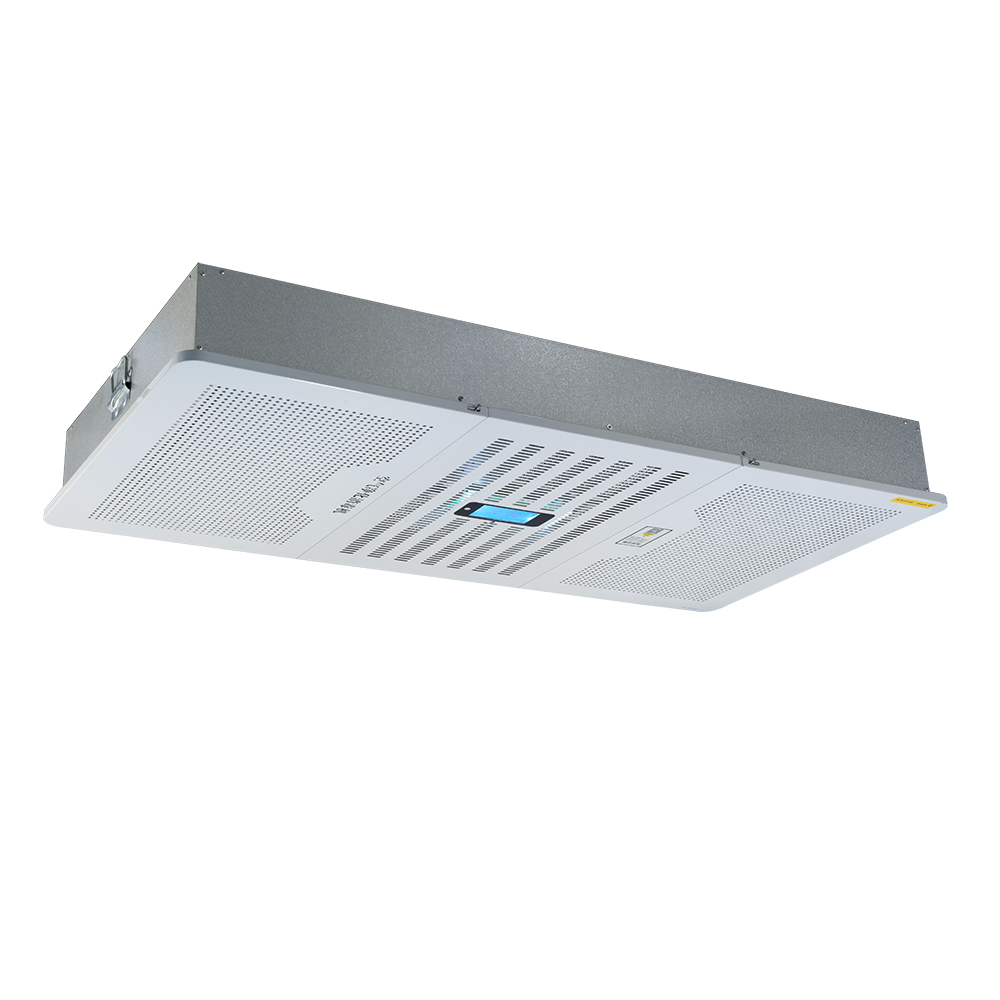
3. Feasibility of safe coexistence
In view of the above potential risks, human-machine coexistence during the operation of medical air disinfection machines is feasible, but certain safety measures need to be taken:
Timer switch: Set the working time of the equipment to allow it to operate in an environment without personnel. For example, disinfection can be carried out at night or during the period when the patient is not present to reduce risks.
Monitoring and alarm system: Some advanced air disinfection equipment is equipped with a monitoring system that can monitor the concentration of harmful substances in the air in real time. Once the air quality reaches the safety standard, the equipment can automatically stop working to reduce potential harm to humans.
Clear use specifications: Hospitals and other medical institutions should formulate clear use specifications to ensure the safety of medical air disinfection machines at all times, and provide training for staff and patients to make them understand the precautions for using the equipment.
The equipment uses some other disinfection methods, such as high-voltage static electricity, plasma, and can also avoid direct ultraviolet radiation to people. Dongguan Lianda Environmental Technology Co., Ltd. has been professionally designing and producing air disinfection machines for many years and has developed a large number of air disinfection machines that can coexist with humans and machines. You are welcome to consult and negotiate.
The coexistence of humans and machines in the operation of medical air disinfection machines can be achieved through reasonable management and scientific use. Although there are certain risks, by taking effective safety measures, monitoring air quality, and formulating clear operating regulations, potential hazards can be effectively reduced, providing patients and medical staff with a safer environment. In future medical practice, the rational use of air disinfection machines will be an important part of improving the effectiveness of hospital infection control.

